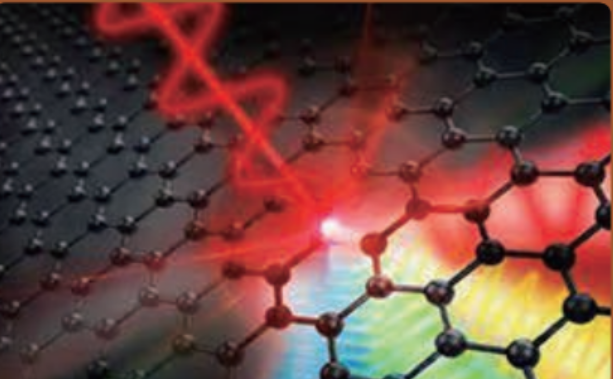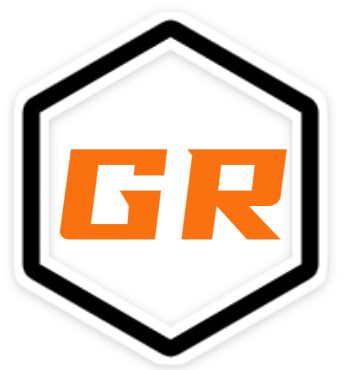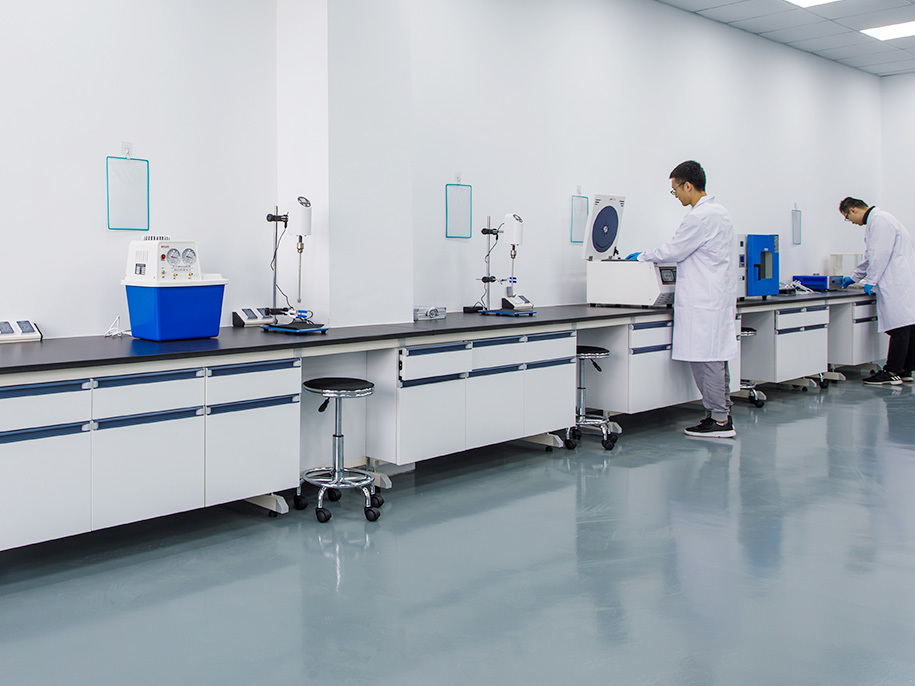Standardization and Formulation Design of Graphene Coatings
The integration of graphene into coatings requires standardized approaches to ensure consistent performance, quality, and compatibility with existing coating technologies. This article explores the key aspects of graphene coating standardization, formulation design, and critical factors for optimization.

1. Standardization of Graphene Coatings
A. Key Standardization Parameters
To achieve industry-wide adoption, graphene coatings must comply with standardized specifications covering:
-
Graphene Quality & Purity
-
Sheet size, thickness, and number of layers (monolayer, multilayer, or reduced graphene oxide)
-
Oxygen content and defect levels (critical for electrical and mechanical properties)
-
Dispersion stability and agglomeration tendencies
-
-
Graphene Content in Coatings
-
Typical loading: 0.1–5.0 wt% depending on the application
-
Excessive graphene may lead to viscosity issues and uneven dispersion
-
-
Coating Performance Standards
-
Conductivity (for EMI shielding and antistatic applications)
-
Corrosion resistance (for marine and industrial coatings)
-
Mechanical strength (for wear-resistant coatings)
-
Adhesion and flexibility (for automotive and aerospace applications)
-
Environmental resistance (UV stability, thermal endurance, chemical resistance)
-
-
Regulatory Compliance
-
ISO and ASTM Standards: Graphene-based materials need to align with international testing protocols.
-
Environmental & Safety Regulations: Waterborne and low-VOC formulations for eco-friendly coatings.
-
B. Existing Standards for Graphene Coatings
Several industry bodies have established preliminary standards for graphene coatings, including:
-
ISO/TR 19733: Technical specifications for graphene materials in coatings.
-
ASTM E2525-22: Evaluating dispersion and compatibility of nanomaterials in coatings.
-
EU REACH Regulation: Safe handling of graphene-based formulations.
2. Graphene Coating Formulation Design
A. Key Components of Graphene-Enhanced Coatings
A typical graphene coating formulation includes:
| Component | Function & Importance |
|---|---|
| Graphene Material | Provides conductivity, mechanical strength, and barrier properties |
| Binder/Resin | Ensures adhesion to substrates and mechanical durability |
| Solvent/Dispersant | Controls viscosity and dispersion stability |
| Additives | Improves UV resistance, thermal stability, or corrosion resistance |
| Pigments & Fillers | Provides color, opacity, and reinforcement |
B. Optimized Formulation Strategies
1. Enhancing Graphene Dispersion
Graphene has a strong tendency to agglomerate, requiring specialized dispersion techniques:
-
Surface functionalization: Modifying graphene with oxygen or amine groups to improve compatibility with resins.
-
Ultrasonic dispersion: Breaking graphene aggregates into uniform nanosheets.
-
Polymer grafting: Attaching graphene to polymer chains to prevent re-agglomeration.
2. Balancing Graphene Concentration
-
Low concentrations (0.1–1.0 wt%) improve mechanical and electrical properties without affecting viscosity.
-
Higher concentrations (>3.0 wt%) may enhance conductivity but lead to processing challenges.
3. Compatibility with Binders and Resins
Choosing the right binder is crucial for performance:
-
Epoxy resins: Best for anti-corrosion and high-strength coatings.
-
Polyurethane (PU): Ideal for flexible and wear-resistant coatings.
-
Acrylic & Silicone resins: Used in waterborne and weather-resistant formulations.
4. Application-Specific Formulation Considerations
| Application Area | Key Formulation Features |
|---|---|
| Anticorrosion Coatings | Epoxy or PU binders + multilayer graphene for barrier protection |
| Conductive Coatings | High-purity graphene + optimized dispersion for conductivity |
| Smart Coatings | Functionalized graphene for sensing, thermal response, or self-healing |
| UV-Resistant Coatings | Graphene + UV stabilizers for prolonged outdoor durability |
3. Future Trends in Graphene Coating Standardization & Design
-
Development of ISO & ASTM testing standards for graphene dispersion and coating performance.
-
Advanced formulation techniques using hybrid nanomaterials (e.g., graphene + carbon nanotubes).
-
Eco-friendly waterborne graphene coatings for regulatory compliance and sustainability.
-
AI-driven optimization of formulations for faster R&D in graphene-enhanced coatings.
4. Conclusion
Graphene coatings require standardized quality control and optimized formulation design to achieve consistent performance and commercial scalability. By integrating proper dispersion techniques, carefully selected resins, and application-specific additives, graphene-enhanced coatings can significantly outperform traditional coatings in corrosion resistance, conductivity, durability, and mechanical strength.
Standardization efforts and further research will drive the widespread adoption of graphene coatings across industries such as automotive, aerospace, marine, and electronics.

